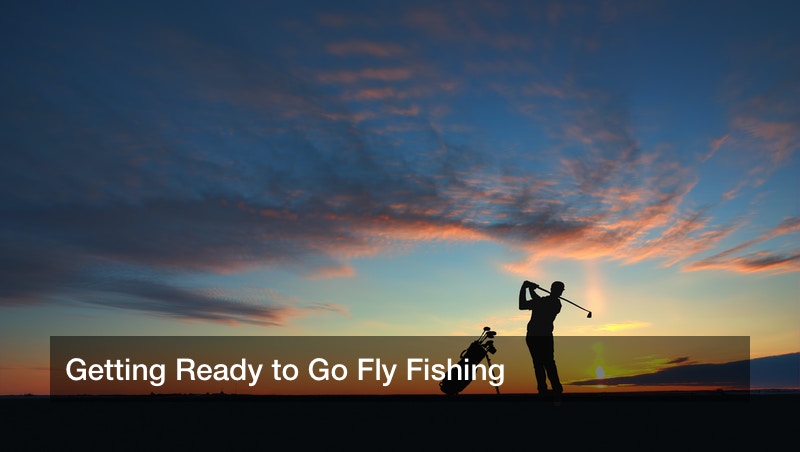
Today, fishing is more of a sport or leisurely activity than a source of sustenance for the average citizen today. Most “real” fishing is done with commercial boats with crews armed with nets. Meanwhile, an angler today may have the right fishing poles, lines, lures, and more to enjoy an afternoon out on the water, and many people go fishing as a way to relax around nature and get away from busy contemporary life. Some anglers in particular like to go fly fishing, and there are some differences between fly fishing and “regular fishing”. It takes some practice to perform fly fishing correctly and it requires special gear such as a fly fishing tackle bag and fly reels, but this variant of fishing is popular and effective today. If someone today wants to get into fly fishing, they can visit outdoor supply retailers to get all the gear they need, and perhaps meet someone who can train them on how to go fly fishing correctly.
Getting the Gear
As with most hobbies and activities, fly fishing requires the right supplies to get the job done. Fortunately, more Americans than ever are going on outdoor expeditions, and this fuels the outdoor supplies industry. Someone interested in fly fishing can find local outlets, and there, they can consult the staff about different models and prices of fly rod reels, fly fishing tackle bags, and more. Experts on staff should be happy to review different fly fishing tackle bags and fly rods with an interested customer, not to mention lures and line and the like. A good fly fishing tackle bag will be tough and waterproof, and it will have enough room for all the supplies an angler wants to use. So, it may be a good idea to choose and buy all needed fly fishing gear first, then find a fly fishing tackle bag that can hold it all.
Fly fishing also calls for the right clothes, of all things. While regular fishing is done on a pier or on board a small boat, fly fishing involves the angler standing in the creek or stream as they are fishing. No one wants to get soaked while standing knee deep or waist deep in cold water, so fly fishers will wear tall, waterproof rubber foots to keep them war and dry. Some of these boots may even form overalls, and that can allow a fly fisher to wade pretty deep in the water. Meanwhile, the angler will have their fly fishing tackle bag, as well as a vest with extra supplies. Anglers are also encouraged to wear sunglasses to protect their eyes from glare off the water’s surface, and a wide-brimmed hat keeps them cool and protects the skin from sunlight.
Going Fishing
With all the right gear in hand, a novice fly fisher is ready to visit a stream and get stared. This angler may want some help, though, and learn how to do this properly. Once major difference between fly fishing and regular fishing is that fly fishers will cast the line directly, rather than cast out a heavy lure and use its weight to draw out the line. Fly fishing bait is too light for that, so an angler will learn how to cast and move their rod just right to throw out the line. The advantage of this is that the lure and line will gently land on the water’s surface, and will not make a splash that may scare away the fish. The lure may be live bait such as crickets, or artificial bait with tiny feathers to imitate an insect.
Fly fishers should also play close attention to local wildlife conservation regulations and departments. Fishers may be limited on how many fish of a given species they may keep, and anglers may be required to release fish that are under a certain size. Following these rules helps maintain a robust local breeding population. A fly fisher can keep a water-filled live capture bucket for fish they keep, while they release the rest. Some fishers only perform “catch and release” anyway, so they don’t have to concern themselves with number limits or size limits of fish.
